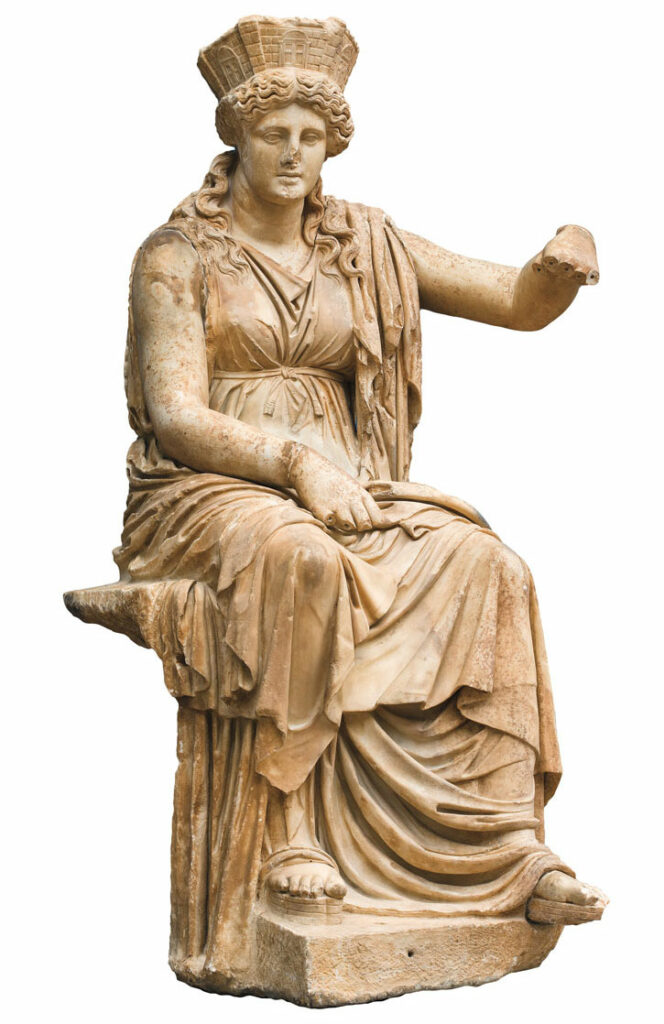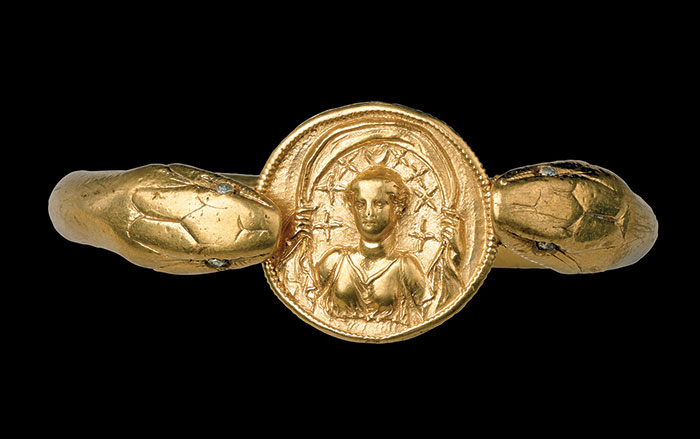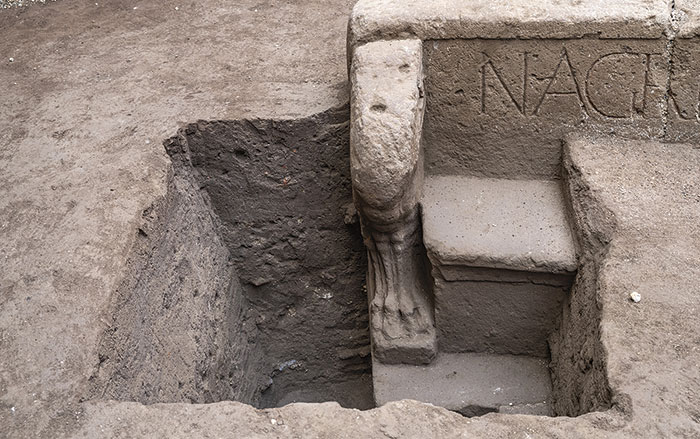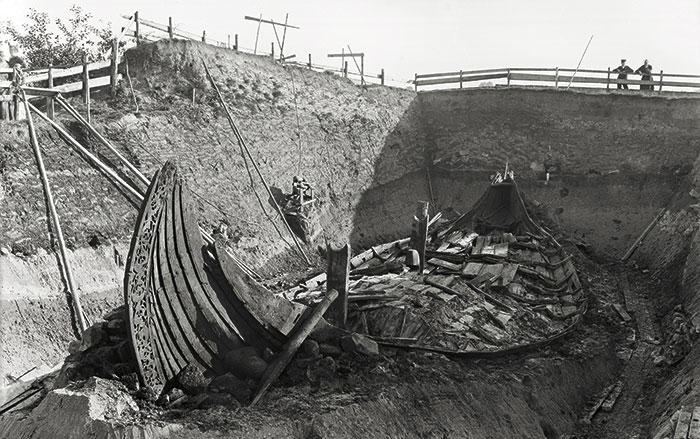
Despite their current shining white appearances, ancient Greek and Roman statues were once painted in vivid colors and richly decorated with textiles and jewelry. New research shows they may also have been doused in perfume. Drawing on evidence dating from the second century b.c. to the fourth century a.d., archaeologist Cecilie Brøns of the Ny Carlsberg Glyptotek studied the practice of seasoning ancient statues with spices. “Adorning statues with clothes or scents was all part of the process of honoring them, of making them come to life,” says Brøns. There is extensive archaeological evidence of perfume production in antiquity, including workshops on the Greek island of Delos and frescoes in Pompeii’s House of the Vettii depicting cupids extracting perfumed oil from rose or violet petals. For her study, Brøns consulted written sources, including the fifth-century a.d. Greek philosopher Proclus’ recollection of perfumed statues and the first-century b.c. Roman statesman Cicero’s description of the statue of Artemis in the Sicilian city of Segesta. “At the sanctuary of the goddess Artemis in Segesta, they carried the statue around the city, gave her flower wreaths and garlands, and perfumed her,” says Brøns. “This shows us how important scents must have been in this ritual, and gives us a sense of what it would have smelled like to attend these processions.”












